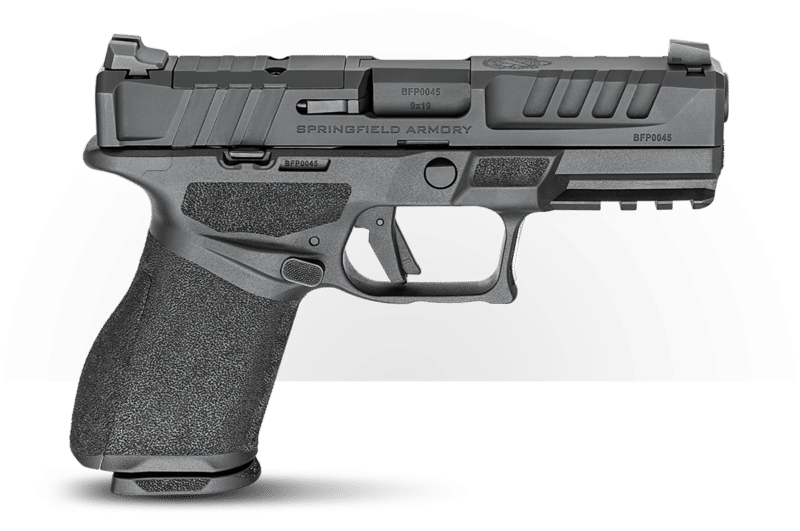Dabbs: My Time in the U.S. Army Rotary-Wing Flight School
August 10th, 2024
8 minute read
Every military pilot gets started when he or she is about six. I devoured books about World War II aviation when I was a kid. Flying military aircraft was all I ever wanted to do.
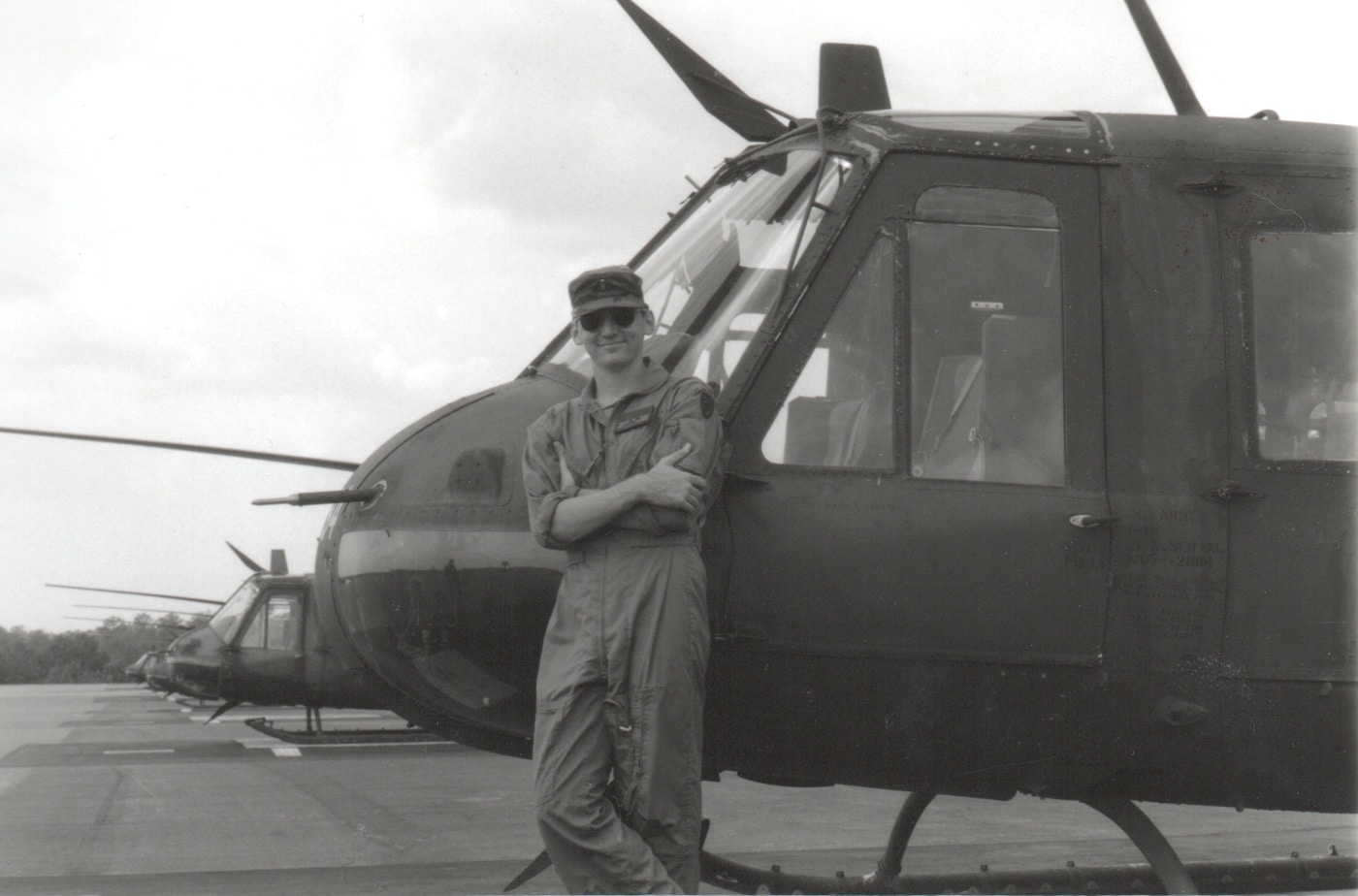
My ideal was actually a J-model P-38 Lightning. That gorgeous twin-engine Art Deco fighter plane is the prettiest machine ever to break the surly bonds of earth. Alas, had I the bad grace to have been born in 1921 and then been given that opportunity, some hotshot Luftwaffe jock would most likely have slaughtered me in short order.
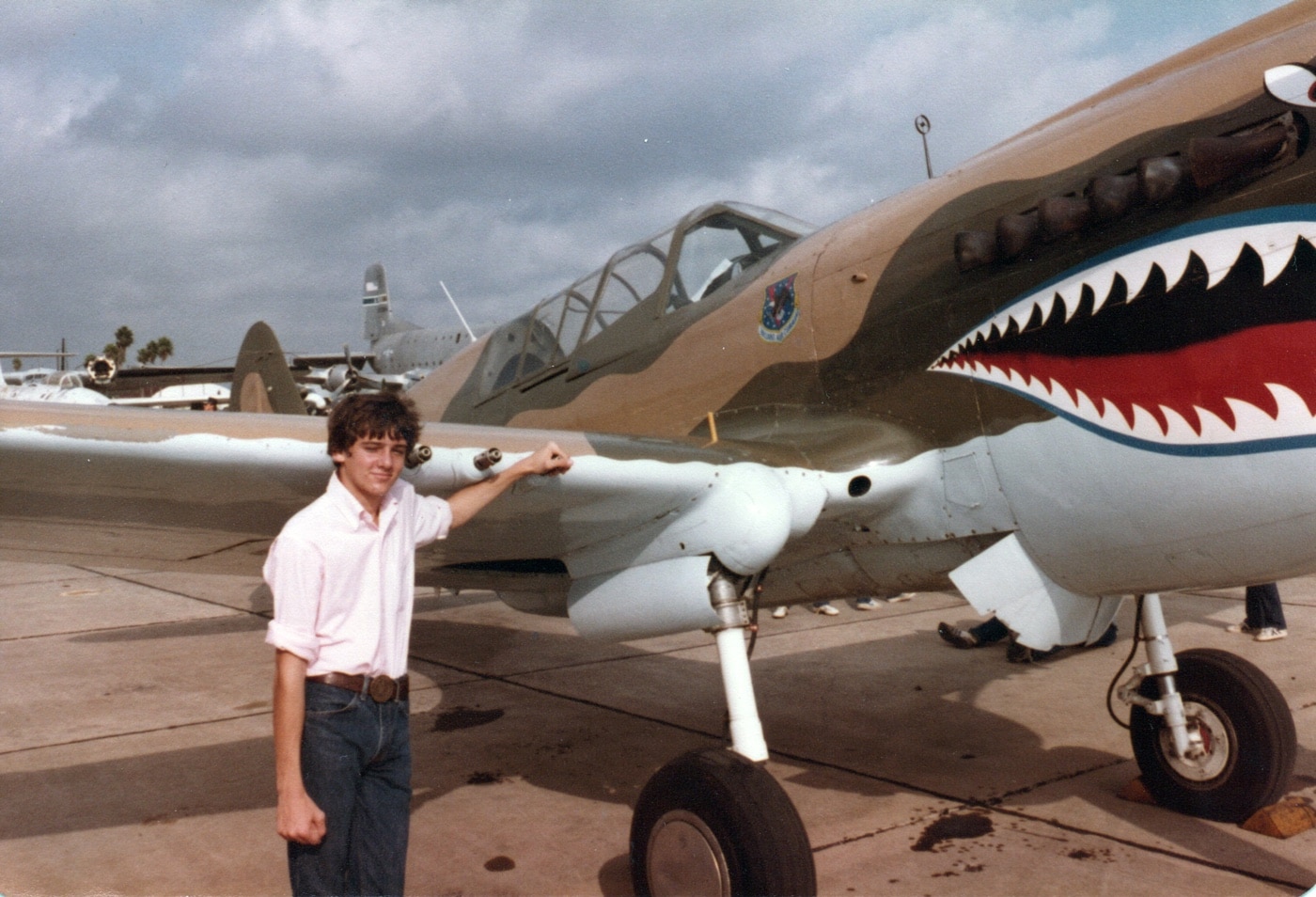
As a kid coming of age in the 1970s, I figured Army helicopters were the best analog to WWII aviation. I wanted to fly, not manage. Air Force jet aircraft just seemed too complicated.
Getting In
The Army is unique among the U.S. military services in that you need not be a commissioned officer to fly. The warrant officer track takes promising young enlisted soldiers, sends them through a fairly horrific selection and training program, and then folds them into flight school right alongside the newly minted Second Lieutenants. Embarking upon that path involves “putting in a packet” with the S1 admin guys. I have no experience with that, but it sounded hard.
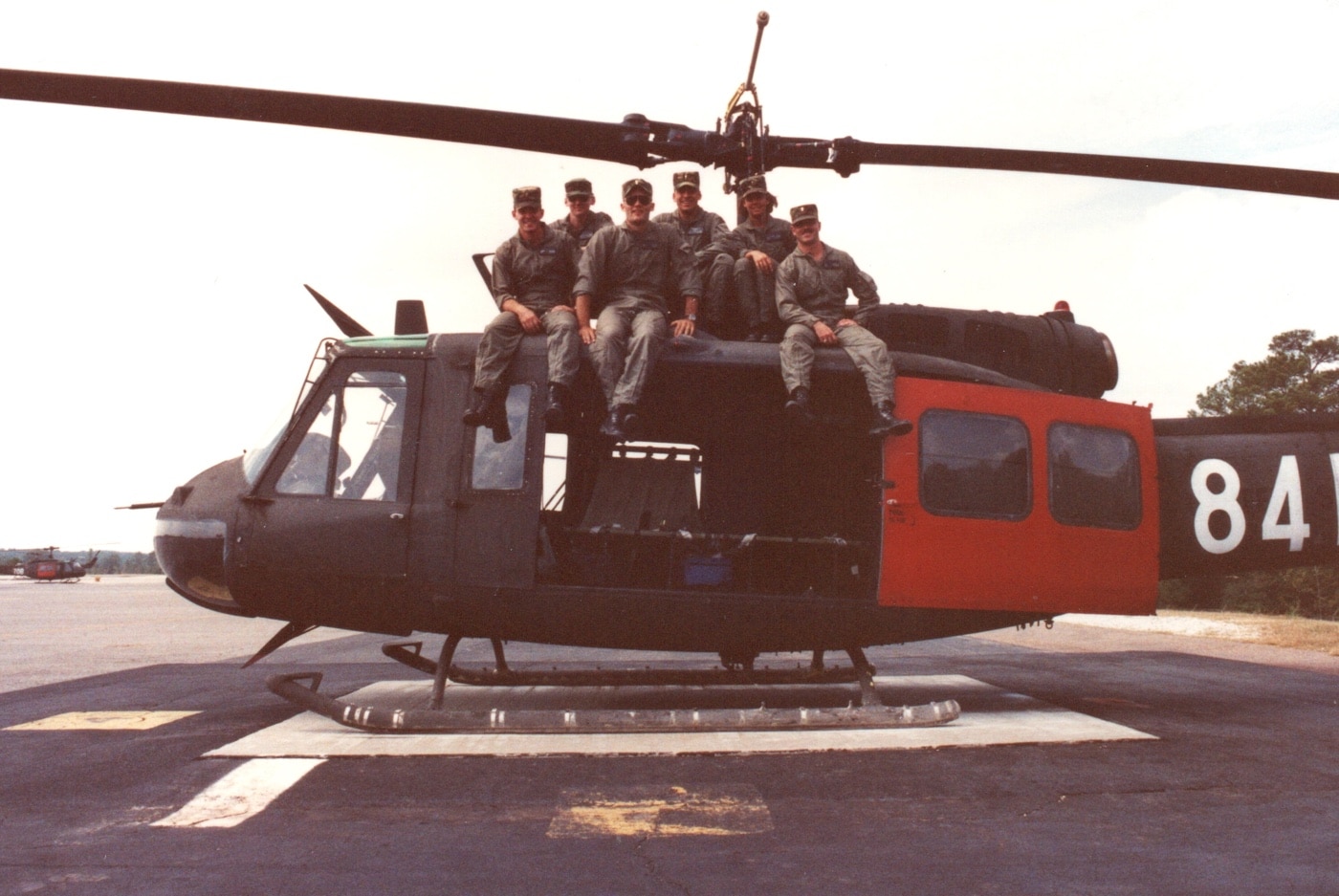
As a commissioned officer, you don’t really apply for flight school. You just need to branch Aviation. Flight school just happens after that. Other branches include Infantry, Armor, Field Artillery, Military Intelligence, etc.
I declined an appointment to the Military Academy at West Point in favor of an ROTC scholarship so I could go to school with my girlfriend. Considering I have been married to that amazing woman for 37 years now and have three awesome adult kids, I’d say that was a wise choice. Once you get close to commissioning you start jockeying for branches.
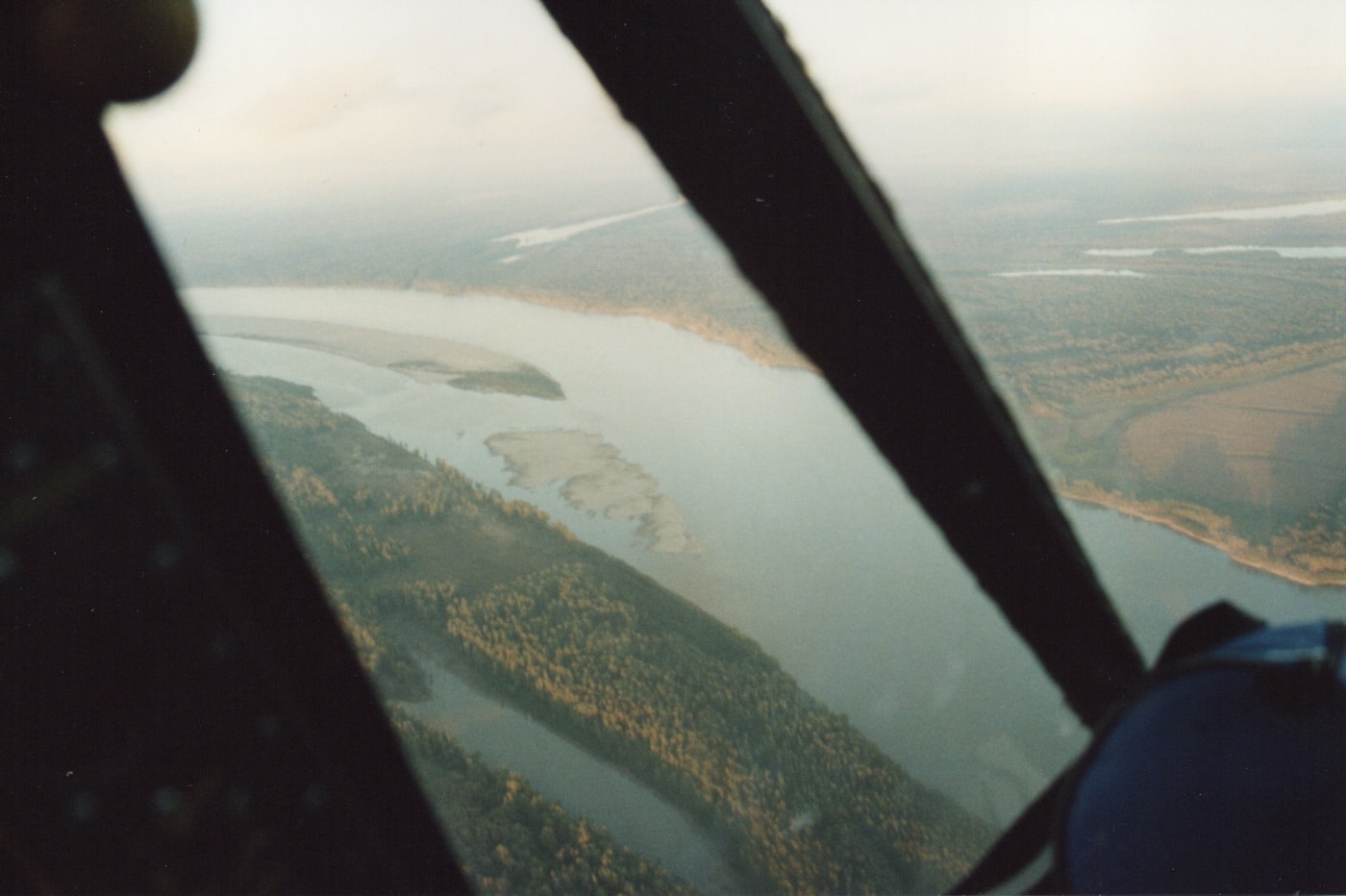
Branching aviation is fairly competitive. In fact, it was one of the most competitive things I have ever done, statistically pickier than medical school. One of the cadre officers in my ROTC unit rang me up at home over a holiday to tell me I’d made it. That was a pretty epic phone call. I consider myself profoundly blessed to have had the opportunity.
Mother Rucker
The Army’s rotary-wing flight school was at Fort Rucker in UCLA (the Ugly Corner of Lower Alabama). The Navy has its own helicopter flight school in Pensacola. Air Force helicopter pilots trained alongside us at Rucker. It is called Fort Novosel today because apparently the original was named after a Confederate General named Edmond Rucker.
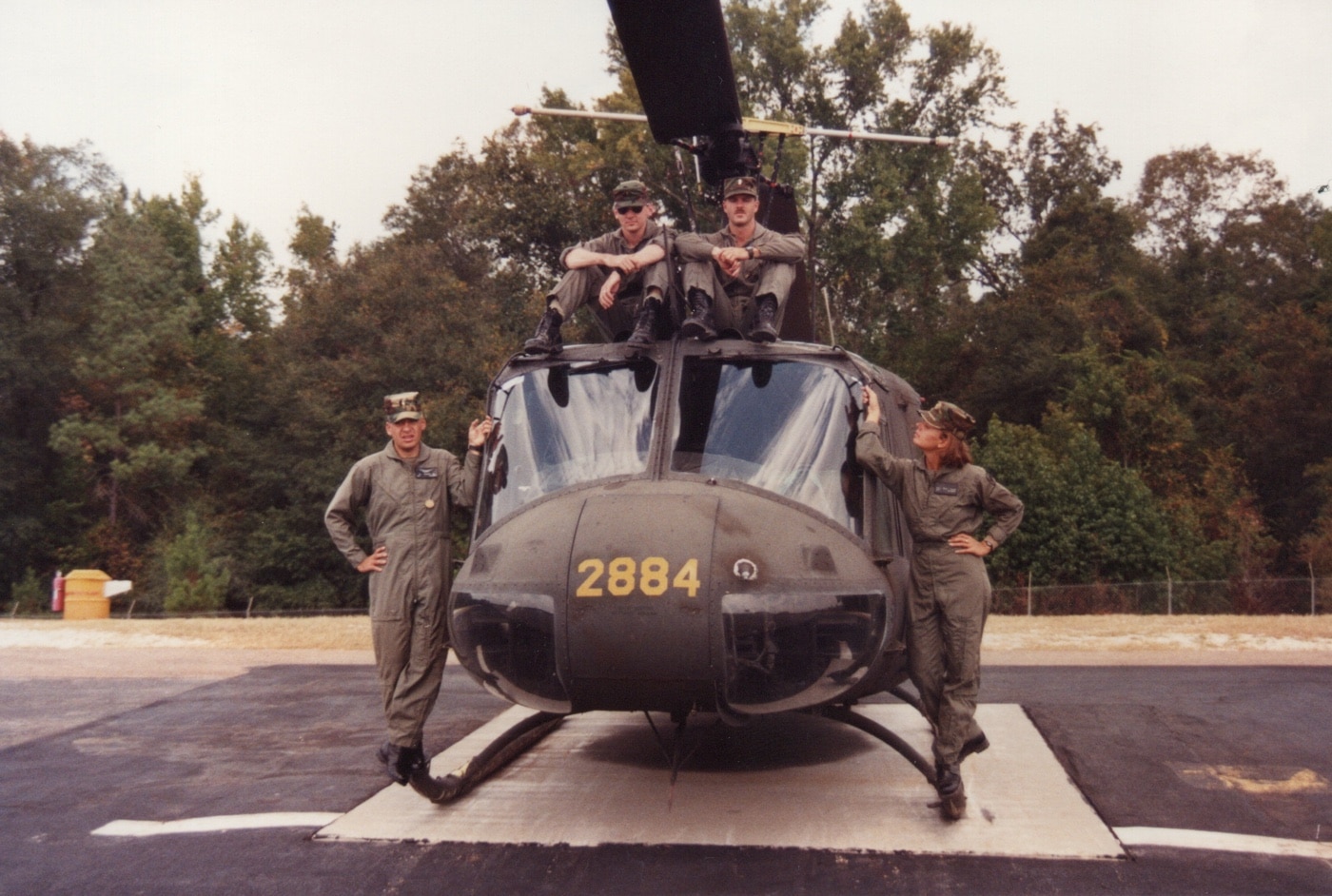
Fort Rucker is dirty with the distinctive sound of flopping rotor blades pretty much 24/7. Signing in there for the first time was an indescribably exciting experience. However, commissioned officers started out in the Aviation Officer Basic Course. In my day you were treated like a grunt. Maintenance classes orbited around trucks, and field exercises graded your infantry small unit leadership skills. I have no idea why that was. Eventually, however, it was finally time to don the Nomex.
Foundations
I hit Rucker at a sweet spot. Before my day, primary flight training was conducted in tiny little piston engine-powered TH-55’s. Afterwards they used turbine-powered TH-67’s — militarized versions of the Bell Jet Ranger. Nowadays that’s the LUH-72A Lakota.
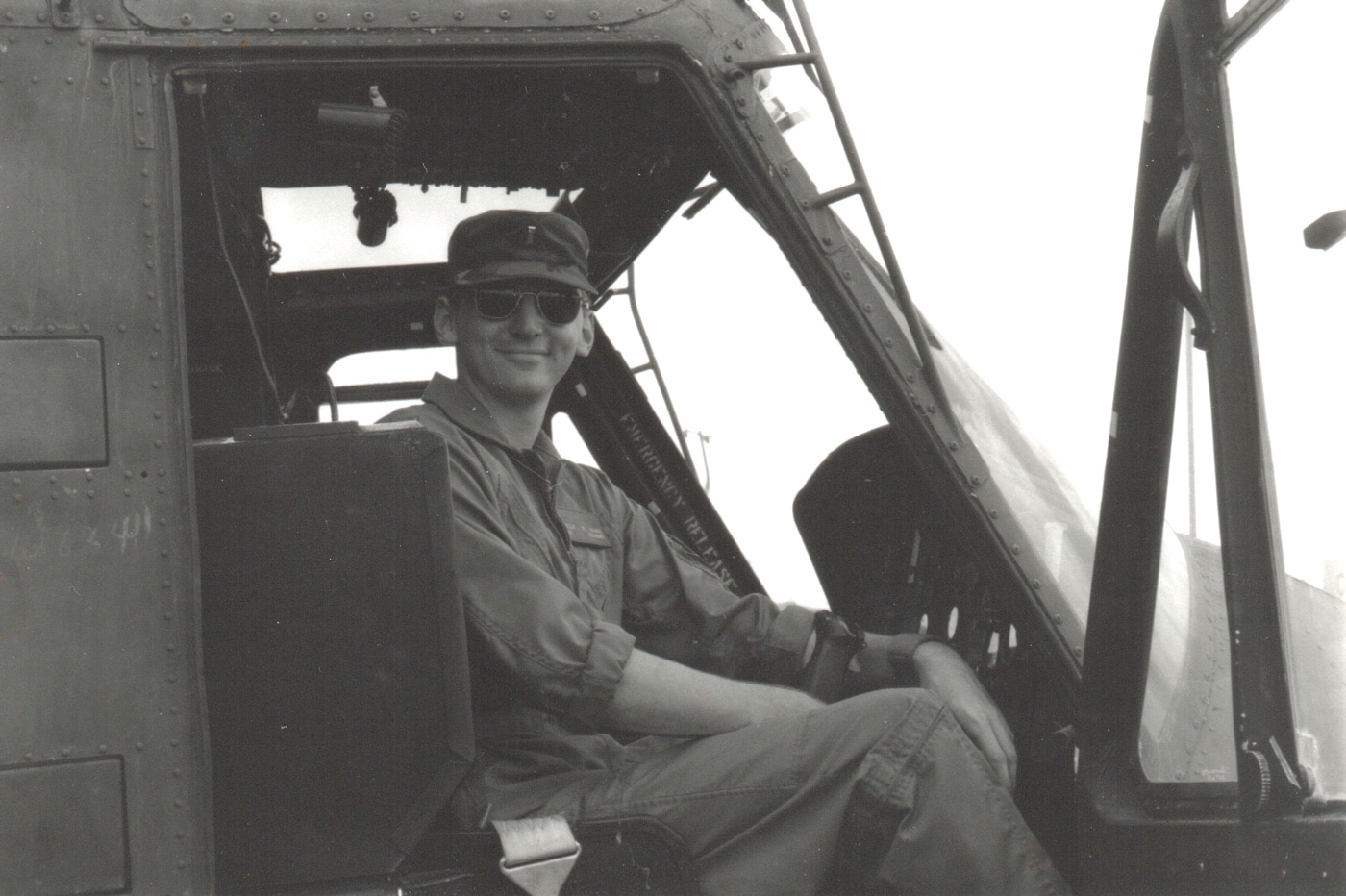
By contrast, I did my primary flight training in Vietnam-era UH-1H Hueys. The first time I broke ground in a helicopter it was in a Huey that rolled off the assembly lines the same year I was born. I will be forever grateful for that.
Helicopters are unbelievably expensive. Tragically, I got tagged along with nine unfortunate compatriots to start our helicopter journey in a simulator. They told us we were some special research test case to see if they could make flight school cheaper. As a result, while the rest of our class was out flying for real, our first 10 hours or so were spent driving an electronic box. It all turned out OK. However, I’m clearly still a wee bit bitter about that.
As an aside, the Army as an institution does not much care what you want. I am convinced in retrospect that personal preference really doesn’t enter into these decisions. I was the Distinguished Graduate for my flight school class and said I wanted to fly anything in the inventory except CH-47 Chinooks. I’ll give you one guess where I ended up. That ultimately turned out to be a great blessing, but I was fairly put out at the time.
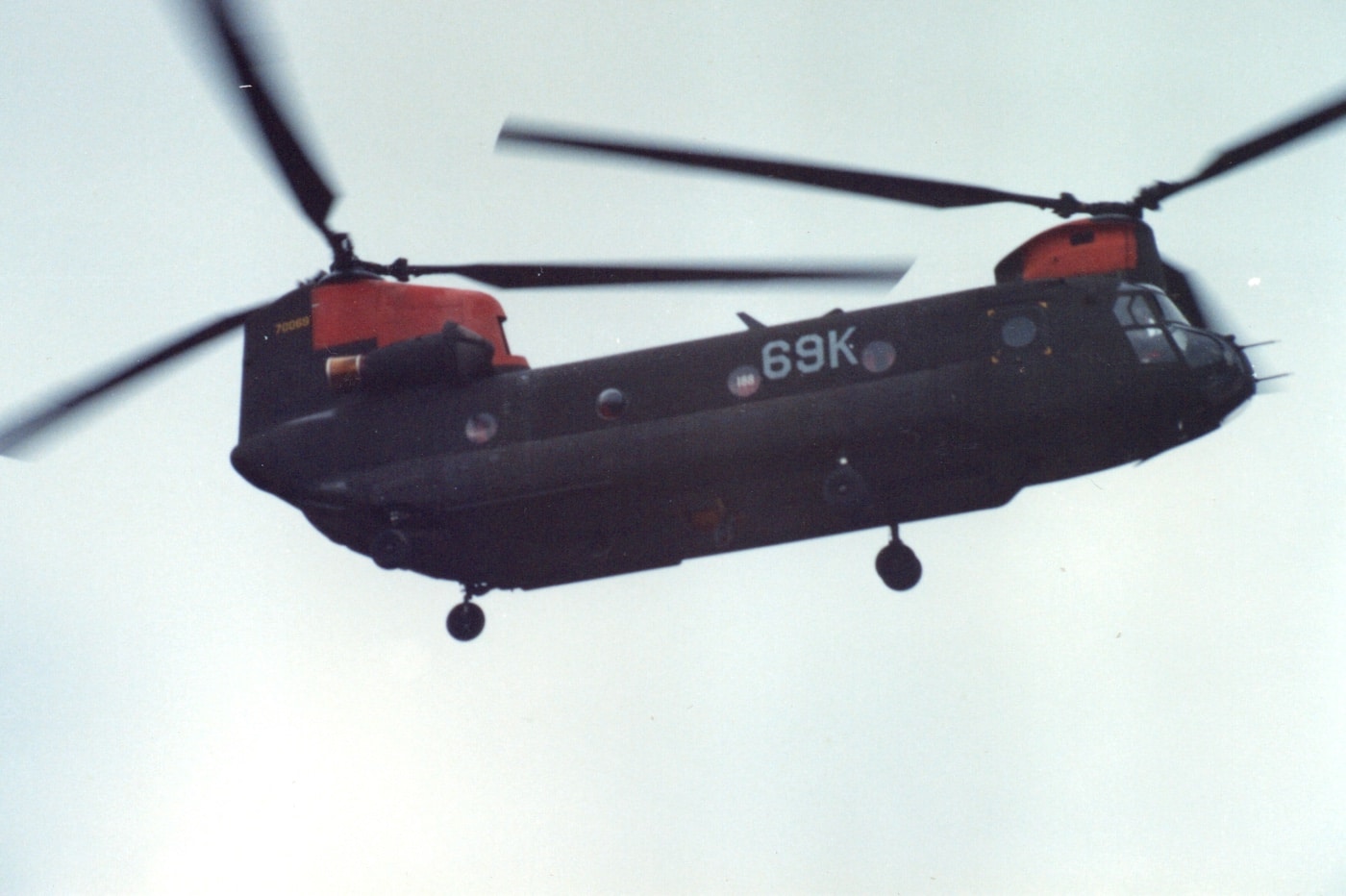
We were all so terribly young. The commissioned guys were all 21 or 22. Some of the warrants were younger. One guy from New York City had never held a driver’s license. We were, to a man, dedicated and enthusiastic, but we had little if any practical sense.
Taking Flight
You start out with your flight instructor positioning the aircraft in a big open field at a three-foot hover with the nose pointing toward some distant tree or a fence post. He then gives you the pedals. As the instructor makes gentle power changes you have to manipulate the pedals to keep the nose properly oriented. Any change to one thing in a helicopter at a hover affects everything else.
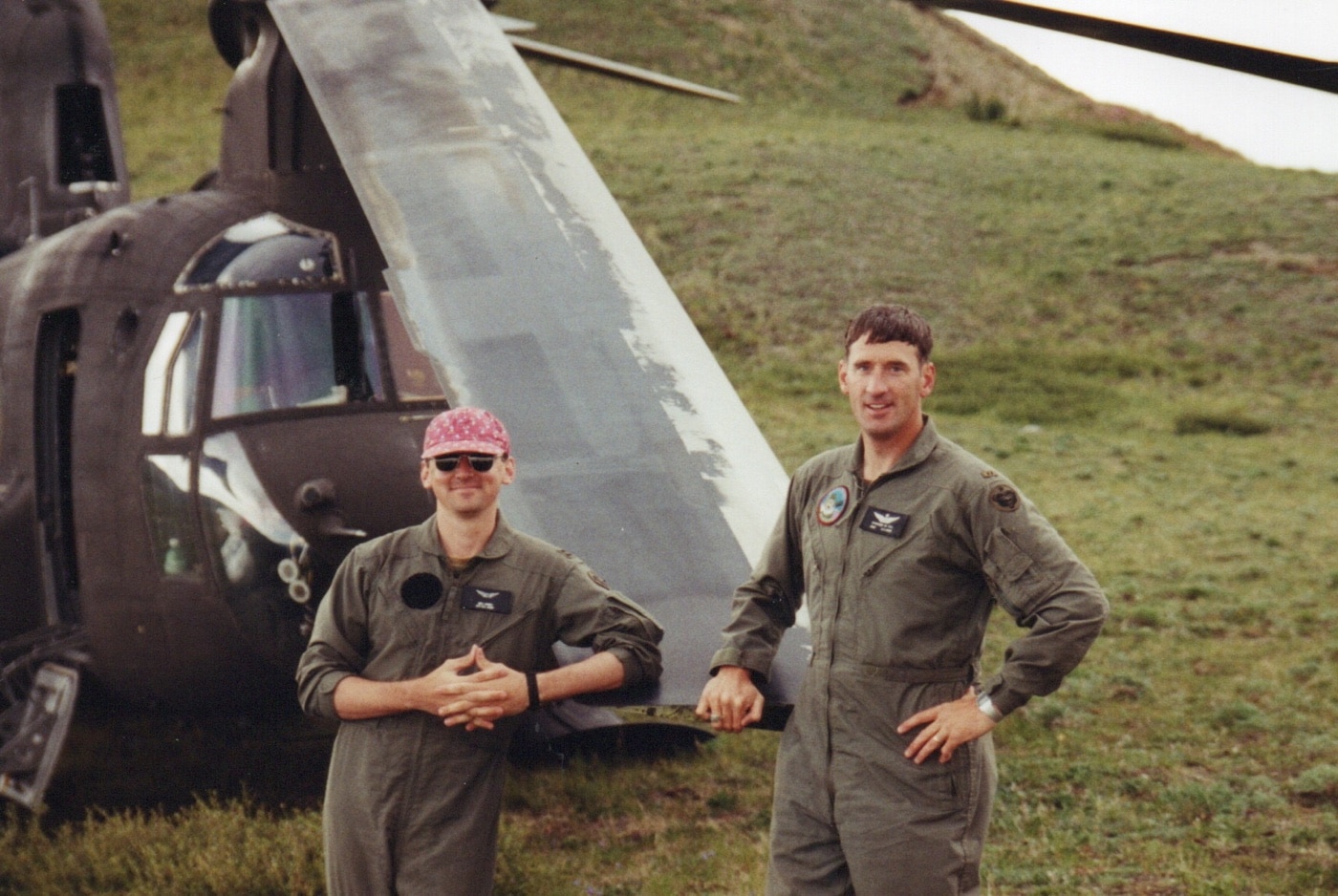
Once you master the pedals he gives you the collective, the left-side lever that governs engine power and collective pitch to the rotor head. When finally you can manage those two things you get the cyclic. The cyclic determines your position over the ground. Mastering all three is called hitting the hover button. It is a weird, surreal moment when everything just kind of gels. Before that moment you are sliding all over the place like a drunken chimp. Afterwards you aren’t. Eventually you can hover a helicopter without conscious thought.
Progression
If I remember correctly, primary phase was followed by Instruments and then Basic Combat Skills (BCS), Night Vision Goggles (NVGs), and Advanced Combat Skills (ACS). Our Hueys had bright orange doors, and we despised that. It was like flying a combat helicopter with a giant “Student Driver” placard on the side. Once you began BCS you ditched your colored student baseball cap and donned a camouflage BDU cover. We still didn’t have our wings, but we were beginning to feel like real aviators.
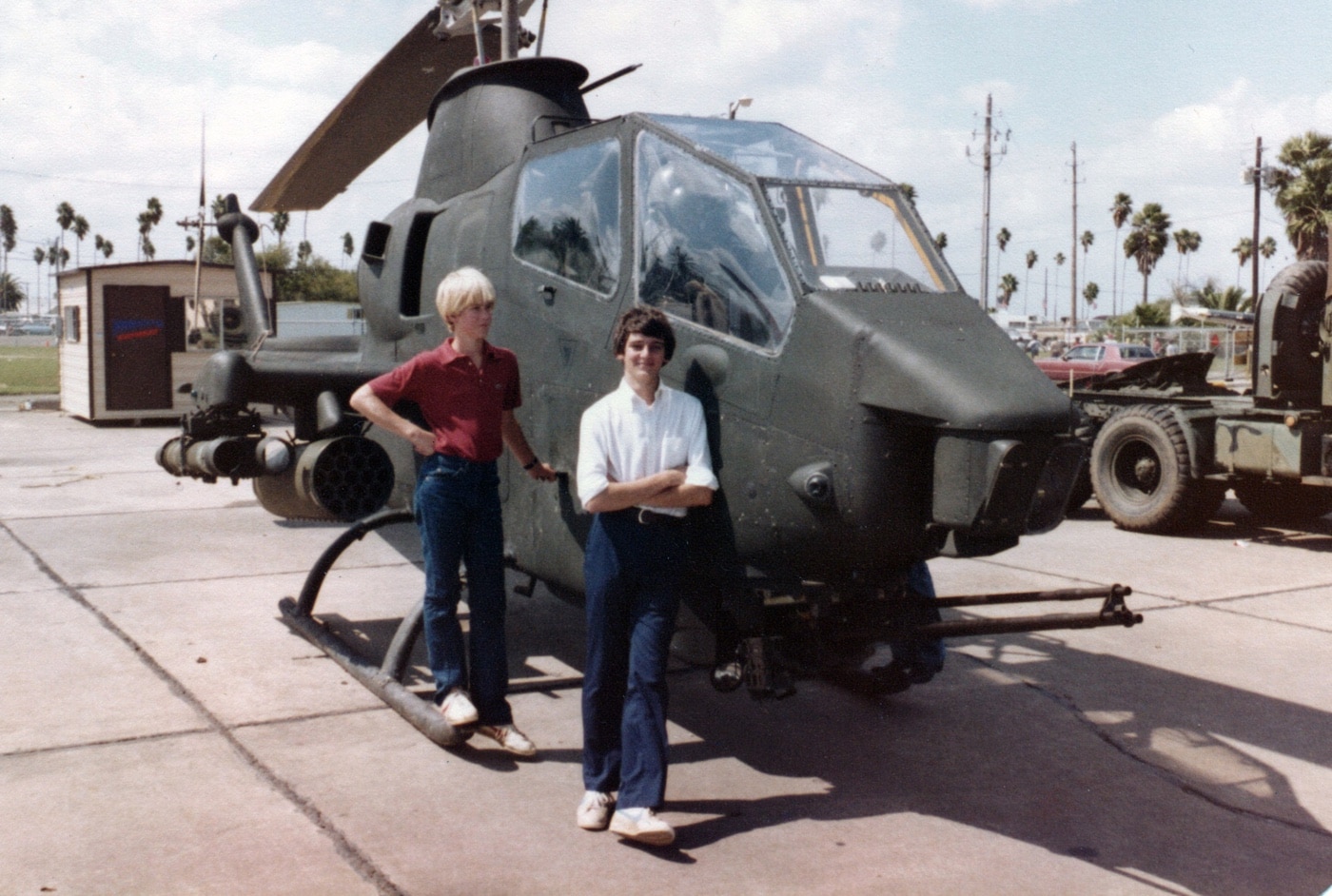
Instrument phase was hard, but it taught us to fly blind in the clouds. BCS was flying down in the dirt, nap-of-the-earth and was some of the most fun I have ever had doing anything. Navigating low-level with a paper map was an acquired skill. However, some 34 years later I can still orient to cardinal directions under most any circumstances. That’s kind of cool.
NVGs let you do all the same stuff only in pitch darkness. Oddly, ACS was mostly how to operate within the national airspace system. Flying into busy civilian airports is an unnatural act. This was where we learned to do that.
Ruminations
I finished flight school with about 200 hours in Hueys and then transitioned into CH-47D’s. The Chinooks also had those big humiliating orange panels on the side. I eventually flew OH-58’s and Snakes as well.
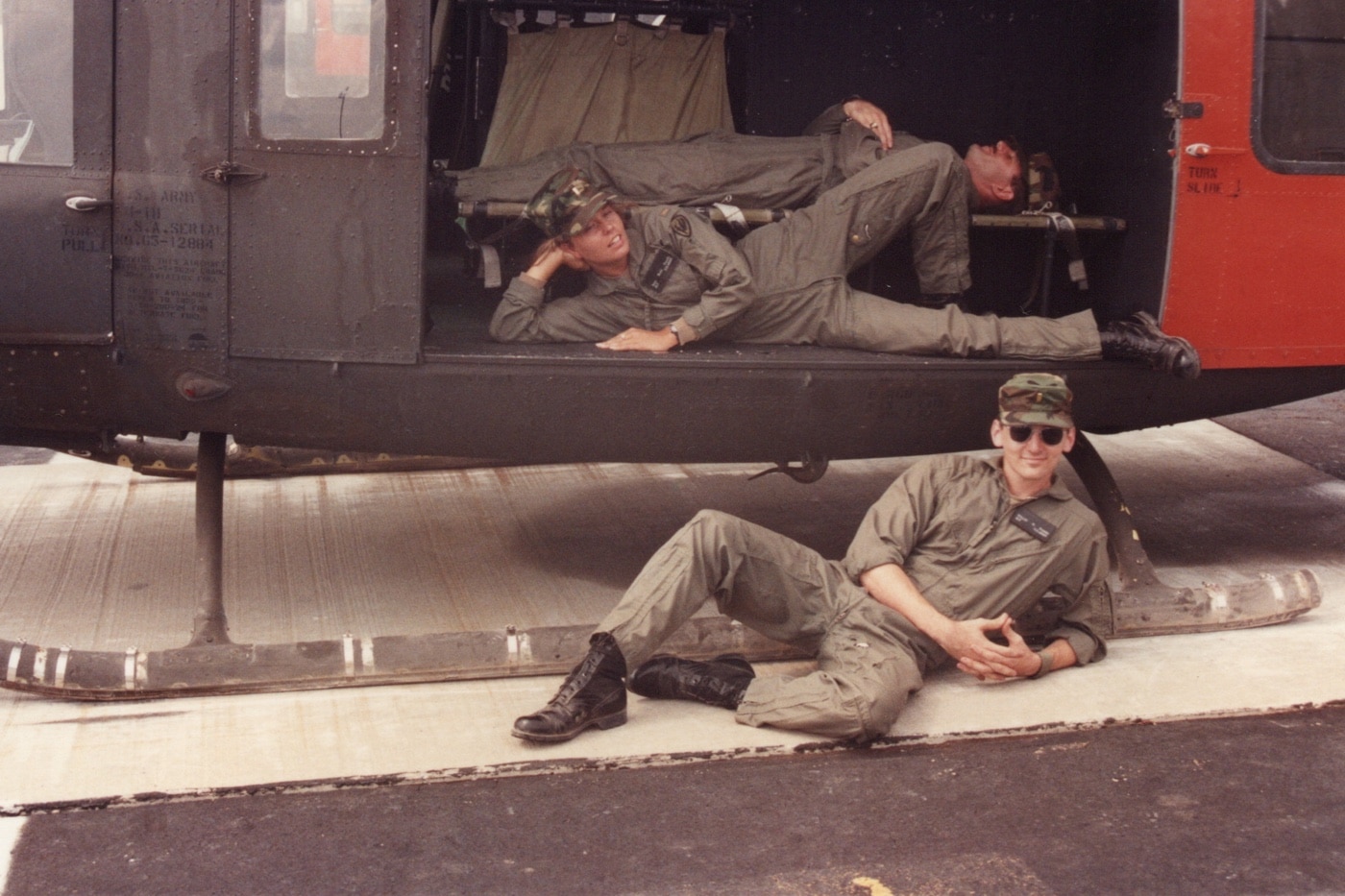
Warrant officers and Lieutenants did not mix much in flight school. Human beings are tribal. However, I later served with some of those same young warrants with whom I went to school and rightfully counted them among my closest friends — like take-a-bullet-for-you sorts of buddies. Always be nice to people. You never know when you might cross paths later.
One of my classmates crashed a Huey in primary. You actually solo in pairs with one student flying and the other navigating. This guy dragged a skid at a stage field and rolled the airplane. Nobody was hurt, but it was sobering to fly in the following day and see that shredded helicopter spread all over southern Alabama.
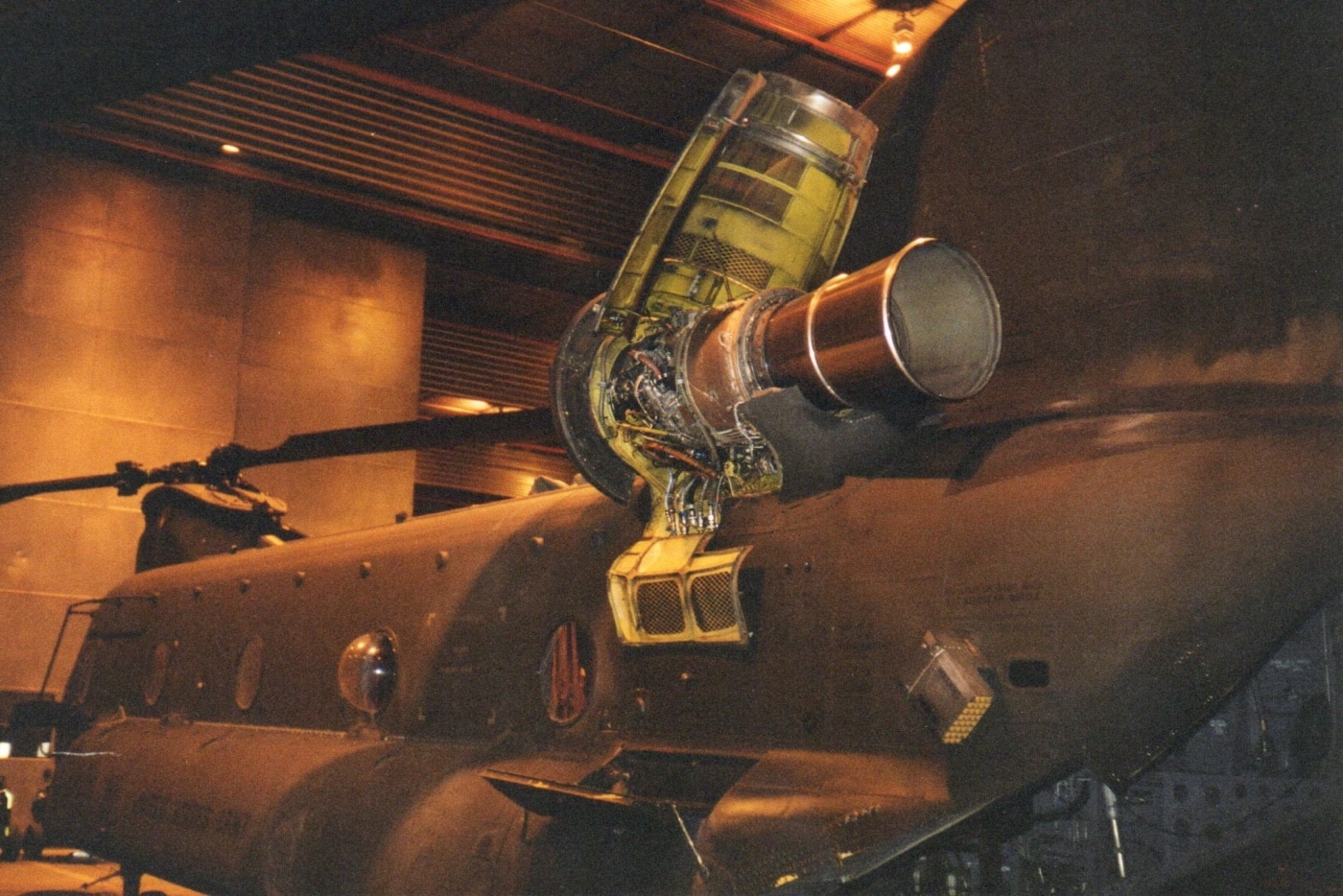
I lost two good friends during my aviation career. Military flying is dangerous, and we were all young, bulletproof and immortal. That’s a toxic combination. One was pilot error. The other was a catastrophic mechanical failure. Both left me utterly gutted.
My last flight in an Army helicopter was a wonderful, horrible experience. A great friend named Steve and I took a CH-47D out to the middle of no place in Alaska, shut down, and conducted a reenlistment for one of my rock star NCOs. Stepping out of that aircraft for the last time back at the hangar I felt like crying. However, nothing good this side of heaven lasts forever, and the years that followed were pretty awesome as well. I will indeed be forever grateful to have had the privilege.
Editor’s Note: Please be sure to check out The Armory Life Forum, where you can comment about our daily articles, as well as just talk guns and gear. Click the “Go To Forum Thread” link below to jump in!
Join the Discussion
Continue Reading
Did you enjoy this article?

 104
104






